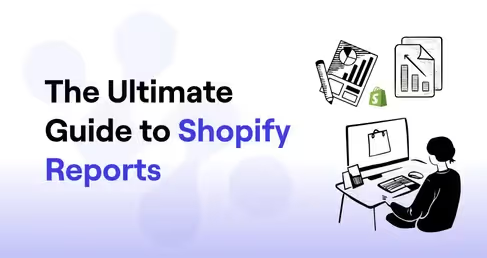Lately, we have been hearing a lot about the importance of customer retention analytics. But why does it matter?
Well, let’s say you’re running a profitable eCommerce business. You’re happy because the sales are coming in, your marketing team is crushing acquisition goals, and everything seems to be on track.
But when you look at your revenue numbers, something feels off. You realize that despite the influx of new customers, your overall revenue isn’t growing as expected. Customers leave almost as fast as they arrive!
This isn’t just a hypothetical scenario; it’s a reality for many businesses. In fact, 68% of customers leave a brand because they feel the company doesn’t care about them (HubSpot).
Meanwhile, the average eCommerce store has a customer retention rate of only 30% (Shopify), meaning most brands are constantly battling churn.
So, we think the message is kind of clear: acquisition alone won’t drive sustainable growth; rather, customer retention analysis is key. High retention means satisfied, loyal customers who continue to buy from you, advocate for your brand, and contribute to long-term revenue.
To make this happen, you need to leverage the power of customer retention analytics. Instead of guessing why customers leave, you can use data to:
- Identify why churn happens and prevent it before it’s too late.
- Track retention trends to measure long-term customer loyalty.
- Use data-driven strategies to improve customer experience, boost engagement, and drive revenue growth.
In this guide, we’ll tell you everything you need to know about customer retention analytics, the types, the key metrics to track, and actionable steps to conduct retention analysis.
What is customer retention analytics?
In simple terms, customer retention analytics is the process of tracking, measuring, and analyzing customer behavior to understand why customers stay or leave, and what businesses can do to improve retention. It’s like having a data-driven roadmap to keeping customers engaged and happy.
You can use the power of retention analytics to find the answers to critical questions like:
- What percentage of customers return to make repeat purchases?
- What factors influence customer churn?
- How can you improve customer experience to increase loyalty?
- Which customer segments are at the highest risk of leaving?
When you dive into these insights, you can spot patterns in customer behavior and identify friction points. Based on them, you can make strategic improvements to grow your eCommerce business.
However, unlocking these valuable insights isn't always straightforward. Data fragmentation has always been one of the biggest challenges in customer retention analysis. Businesses collect data from multiple platforms like eCommerce stores, CRM systems, marketing tools, and customer support channels. But without a unified view, it’s difficult to connect the dots.
This is where Saras Analytics comes in. Saras Daton makes it easy for you to integrate data from different sources and consolidate all customer insights in one place. So, instead of manually pulling reports from multiple tools, you get a centralized, real-time view of retention metrics. Once you have that kind of data infrastructure, you can identify trends, measure engagement, and take proactive steps to reduce churn.

Take Spotify, for example. The platform doesn’t just track song plays, but it also analyzes user behavior to personalize playlists, recommend new music, and send re-engagement emails when listeners start disengaging. This data-driven approach has helped Spotify retain over 75% of its premium subscribers (Statista).
Importance of Customer Retention Analytics
We understand that focusing on acquiring new customers is crucial to grow your business. But if you focus solely on acquiring new customer, it will cost you a lot! Why? Because acquiring a new customer costs 5 to 25 times more than retaining an existing one (Harvard Business Review).
Businesses that prioritize retention grow faster than their competitors. Instead of constantly searching for new customers, they can maximize the lifetime value (LTV) of their existing ones.
Let’s look at some key areas where Customer Retention Analytics drives real impact:
1. Predicting churn before it happens
Churn isn’t just about losing customers; it’s about losing revenue and future growth opportunities. For subscription-based businesses, even a small increase in churn can lead to a big drop in valuation. But with the right analytics, businesses can detect early warning signs and take proactive action.
How to leverage analytics here?
You can start tracking behavioral patterns like decreased logins, lower purchase frequency, or reduced engagement to predict which customers are likely to churn. This way you can take proactive steps before it’s too late!
Real-world example:
Netflix does this brilliantly. If a user hasn’t streamed content for a while, Netflix sends a hyper-personalized email suggesting shows based on past preferences. This reduces cancellations and keeps subscribers engaged.
Key metrics to track
- Churn rate: Percentage of customers who leave overtime.
- Customer health score: A predictive measure of customer satisfaction.
- Engagement frequency: Tracks activity levels to flag churn risks.
2. Increasing customer lifetime value (CLTV)
A high CLTV means more revenue per customer without additional acquisition costs, which directly boosts profitability. A study by Adobe found that returning customers generate 40% of a brand’s total revenue, despite being just 8% of visitors (Adobe Digital Index).
How to leverage analytics here?
You can analyze purchase history, browsing behavior, customer preferences, businesses to identify high-value customers and nurture them with loyalty programs. You can even offer targeted upsells and cross-sells based on past purchases. By leveraging personalized marketing efforts, you can increase retention and spending.

Real-world example
Amazon Prime members spend 133% more than non-members (Consumer Intelligence Research Partners). By leveraging retention analytics, Amazon personalizes recommendations and optimizes pricing strategies to continuously engage customers.
Key metrics to track
- CLTV (Customer Lifetime Value): Measures total revenue per customer.
- Purchase frequency: To track repeat purchases.
- Retention rate by customer segment: To identify high-value groups.
3. Optimizing marketing spend and ROI
Most businesses pour thousands, and sometimes even millions into customer acquisition. But if those customers churn quickly, that spending goes down the drain. Retention-driven businesses spend 15-20% less on marketing but generate higher profits (Forbes).
Think about it: If you’re spending $50 to acquire a customer, but they only make a $30 purchase before leaving, you’re losing money. That’s why customer retention analytics is crucial. It helps shift the focus from “more customers” to “better customers.”
How to leverage analytics here?
Instead of blasting generic, one-size-fits-all ads, businesses can use customer retention analytics to:
- Target high-value customers who are likely to stay.
- Allocate marketing dollars towards channels that drive retention; not just conversions!
- Refine messaging and offers based on customer behavior.
Real-world example
Sephora, from the highly competitive beauty industry, uses retention analytics to personalize its marketing campaigns. By analyzing customer data, the company personalizes discounts, product recommendations, and loyalty rewards based on individual purchase behavior. This has helped drive repeat purchases and maintain a strong retention rate.
Key metrics to track
- Customer Acquisition Cost (CAC) vs. CLTV: It helps determine profitability of marketing efforts.
- Retention Rate by Acquisition Channel: Identifies which sources bring in loyal customers.
- ROI of Loyalty Campaigns: Measures the effectiveness of retention-focused marketing.
4. Enhancing customer engagement and experience
Customers today expect seamless, personalized experiences; and if they don’t get them, they leave. In fact, 73% of customers say experience matters more than price or product (PwC). If you want to maintain a high level of customer satisfaction, you must prioritize personalization.
How to leverage analytics here?
Customer retention analytics prove helpful in understanding what customers truly want and how to give it to them. You can leverage these insights to identify friction points in the customer journey. It can even help you improve communication strategies based on customer preferences.
Real-world example
Airbnb uses behavioral analytics to improve the user experience. By tracking search patterns, past bookings, and user reviews, Airbnb personalizes recommendations and optimizes its search algorithm to match users with properties they’re most likely to book. This has been a key driver of customer retention and repeat bookings.
Key metrics to track
- Customer Satisfaction Score (CSAT): It measures customer happiness with interactions.
- Net Promoter Score (NPS): This metric allows you to track how likely customers are to recommend your brand.
- Engagement rate: Keep track of interaction levels across touchpoints.
5. Building long-term brand loyalty through data-backed decisions
A loyal customer isn’t just a repeat buyer, but they’re also brand advocates. As per a study by Forrester, loyal customers are 5X more likely to repurchase and 4X more likely to refer a friend. So, you should focus on building customer loyalty to lower down the churn rates.
How to leverage analytics here?
You can use customer retention analytics to identify your most loyal customers and nurture them by launching effective loyalty programs based on actual engagement data. This in turn can help you convert your satisfied customers into brand advocates.
Real-world example
Starbucks' Rewards Program is a perfect example of loyalty-driven retention. By using data from purchases, visits, and engagement, Starbucks personalizes rewards and offers, ensuring customers keep coming back. The result? They witnessed a 40% increase in revenue from loyalty members alone!
Key metrics to track
- Customer Loyalty Index (CLI): To measure long-term engagement.
- Repeat purchase rate: To track how often customers return.
- Referral rate: It measures customer-driven brand advocacy.
Types of Customer Retention Analytics
Not all retention analytics are the same. Depending on your business goals, you might need to track historical trends, predict future churn, or diagnose why customers leave. Here are the five main types of customer retention analytics and how they can help:
Periodic customer retention analytics
If you want to identify patterns and trends over specific time intervals, such as monthly, quarterly, or annually, you need to go with periodic customer retention analytics. Understanding retention over time can help you detect seasonal trends and measure the long-term impact of retention strategies. For example, Spotify tracks monthly active users (MAU) and the subscriber churn rate every quarter to gauge retention and optimize content recommendations.
Retrospective retention analysis
This form of customer retention analytics analyzes past customer behavior and retention trends to uncover why churn happened and what led to customer loyalty. You can learn from past trends to identify what worked (and what didn’t), allowing you to refine your strategies.
Diagnostic retention analytics
To pinpoint the exact reasons behind churn, this form of analytics allows you to analyze customer behavior, feedback, and engagement data. This way, you can fix retention issues before they escalate. For instance, Netflix uses these analytics to track user engagement and pinpoint when subscribers are most likely to cancel.
Predictive retention analytics
This type of customer retention analytics leverages machine learning and historical data to forecast which customers are at risk of churning and when. Predicting churn gives you an edge as you can address the issue through personalized offers, better support, or targeted engagement.
Prescriptive retention analytics
This one goes a step beyond prediction by suggesting specific actions businesses can take to reduce churn and improve retention. It provides data-backed recommendations on improving customer engagement, support, and loyalty programs.
Key Customer Retention Metrics to Track
Retention analytics is only as good as the metrics you track. Here are the most important KPIs and how they drive retention.
1. Churn Rate
This metric is the percentage of customers who leave over a specific period.
How to calculate?
Churn Rate = (Customers Lost ÷ Total Customers at Start) × 100
Why it’s important
A high churn rate signals retention issues, which can significantly impact your profitability and revenue. Hence, it is critical to analyze churn trends and find solutions.
How Saras Pulse can help
With Saras Pulse, you can keep track of key churn triggers, including customer drop-offs. This way, you can predict churn risk before it happens.
2. Retention Rate
It is the percentage of customers who continue using your service after a set period. In other words, it measures how good an eCommerce business is at keeping its existing customers coming back.
How to calculate?
Retention Rate = [(Customers at End – New Customers) ÷ Customers at Start] × 100
Why it’s important
High retention means better customer satisfaction and increased lifetime value. Plus, it is cheaper to retain existing customers than to acquire new ones.
3. Customer Lifetime Value (CLV)
It is the total revenue a business can expect from a single customer over their relationship with the company.
How to calculate?
CLV = Average Purchase Value × Purchase Frequency × Customer Lifespan
Why it’s important
A higher CLV means customers are staying longer and spending more. So, if you’re focusing on long-term profitability, CLV is the metric you need to work on.
How Saras Pulse can help
It can help you track CLV across different customer segments and provides insights on how to increase it.
4. Net Promoter Score (NPS)
If you’re looking to measure how likely your customers are to recommend your business, then Net Promoter Score is the metric you need to track.
How to calculate?
NPS = % of Promoters (9-10 ratings) – % of Detractors (0-6 ratings)
Why it’s important
Higher NPS means stronger brand advocacy and word-of-mouth marketing. Also, NPS helps you predict the future behavior of your customers and enables you to identify the areas of improvement.
5. Repeat Purchase Rate
The percentage of customers who return to make another purchase is calculated with the help of repeat purchase rate metric.
How to calculate?
Repeat Purchase Rate = (Repeat Customers ÷ Total Customers) × 100
Why it’s important
A high repeat purchase rate signals strong customer satisfaction and retention, which translates into long-term profitability.
How Customer Retention Analytics Work
Every business should consitently strive to improve their customer experience and loyalty. Understanding how retention analytics work can help businesses take actionable steps to improve customer loyalty. Here are some of the steps to maximize the potential of customer retention analytics:
1. Identify Churn Points
Businesses can analyze customer behavior, engagement levels, and support interactions to pinpoint when customers are most likely to leave. For example, eBay tracks inactivity trends and proactively re-engages customers through targeted promotions. This is where Saras Analytics can help you out by unifying customer data across touchpoints, making it easy to detect early churn signals.
2. Analyze the Reasons Behind Churn
Retention analytics can reveal patterns in lost customers, such as declining product usage, poor customer service experiences, and price sensitivity. Once you know the reason behind churn, you can fine-tune your business strategies accordingly.
Take the example of Hulu; it monitors cancellation reasons and tweaks pricing models to retain more subscribers. Saras Analytics play a key role here by aggregating direct customer feedback, behavioral trends, and churn data to highlight the top reasons behind customer drop-offs.
3. Optimize Retention Efforts
Customer retention can be improved in multiple ways. But the challenge lies in understanding which strategies are going to work for your business. That’s why you need to analyze retention data, which can help you adjust your engagement strategies, loyalty programs, and support processes. Saras Analytics provides real-time retention dashboards and predictive insights to optimize retention strategies.
4. Integrate Advanced Analytics for Better Decision-Making
Like we mentioned above, retention analytics goes beyond just tracking churn; it helps businesses make smarter, data-driven decisions. For example, the Shopify merchants use advanced analytics to personalize customer interactions and reduce churn. You need a data infrastructure that can unify retention data, provide actionable insights, and implement AI-driven retention strategies for long-term success. This is where Saras Analytics can prove to be a game changer!
6 Steps to Conduct Customer Retention Analytics
Have you heard about the Pareto Principle? It says that 80 percent of your profits come from 20 percent of your customers. So, customer retention is the key to success, particularly in the eCommerce sector. To help you understand why customers stay and why they leave, here’s a step-by-step guide to running a successful retention analysis and making data-driven improvements.
1. Define Retention Goals
Before diving into analytics, clearly define what you’re measuring and why. Are you focused on reducing churn? Increasing customer lifetime value? Improving repeat purchases? The goal is to focus where it matters most.
If you’re looking for an example, here is one: Dropbox prioritizes reducing churn among free users by analyzing conversion rates from free to paid plans.
2. Collect Customer Data
Retention analytics require data from multiple sources, such as transaction history, customer interactions, support tickets, product usage, and marketing engagement. We understand that it’s super hard to gather data from dozens of sources and then make sense of them! This is where Saras Daton can ease things for you. It centralizes fragmented data from sources like Shopify, TikTok Shop, and Amazon, consolidating all retention-related data into one place.
3. Segment Customers
Not all customers behave the same. Segmenting customers based on engagement, purchase patterns, and demographics helps in identifying high-retention and high-churn groups. You can leverage products like Saras Pulse to segment customers based on retention trends, churn risks, and engagement levels.
For example, Airbnb segments users based on trip frequency and booking preferences to tailor retention strategies.

4. Analyze Retention Metrics
Next, you need to measure key retention KPIs like churn rate, CLV, NPS, and repeat purchase rate. These insights help in spotting retention gaps and using them you can tweak your product or service offerings.
Here’s a pro tip: You should benchmark retention metrics against industry standards to gauge performance.
5. Identify and Address Weak Spots
Are cancellations happening after onboarding? Are inactive users not returning? These are some of the questions you should ask to find the exact pain points where customers are dropping off.
For example, when Peloton identified a drop-off in engagement among casual users, they brought in more flexible subscription plans for their customers. If onboarding is a weak spot, improve in-app tutorials or customer support follow-ups.
6. Optimize Strategies & Track Results
We need to understand that improving retention isn’t a one-time fix. ECommerce businesses must continuously test new engagement strategies, loyalty programs, and personalized offers to figure out what’s working and what’s not. You also need to track the impact of retention strategies over time, ensuring continuous improvement.
Best Practices for Customer Retention Analytics
Want to maximize retention analytics? Follow these best practices for better insights and stronger customer relationships.
1. Make Optimum Use of Real-Time Data Analytics
Real-time insights help businesses react faster to churn risks. Instead of waiting for quarterly reports, businesses can spot trends instantly and work on improving their customer retention rate.
2. Utilize Customer Segmentation
One-size-fits-all retention strategies don’t work, particularly in the highly diverse eCommerce sector. That's why you should segment your customers for hyper-personalized engagement.
Pro Tip:
Use RFM analysis (Recency, Frequency, Monetary value) to categorize customers based on engagement. Read more <RFM blog>
3. Combine Quantitative & Qualitative Insights
Numbers tell what’s happening, but customer feedback explains why it’s happening. To know the why behind it, you need to leverage tools like customer surveys. For example, Slack balances churn rate analytics with customer surveys to refine user experience. In this case, Saras Analytics can help combine data-driven insights with customer feedback, giving you a complete view of retention trends.
4. Implement Predictive Analytics
Instead of reacting to churn, you should predict it before it happens. AI-powered analytics helps forecast which customers are at risk, making it easier for you to win back disinterested customers. For example, Netflix leverages AI-driven data models that predict content preferences and churn risk.
Pro Tip:
Use machine learning models to assign churn risk scores to different customer segments.
5. Automate Reporting & Dashboards
Manually tracking retention data is an inefficient process; whereas automated dashboards streamline insights and make reporting both accurate and effortless. Products like Saras Pulse provide you with dashboards that track retention trends, predict churn, and visualize key retention KPIs.
Customer Retention Analytics Made Easy with Saras Analytics
Churn is costly, but customer retention analytics turns it into an opportunity. By tracking retention data, businesses can identify and fix weak points in the customer journey, understand why customers stay and why they leave, personalize marketing and engagement strategies, and improve customer loyalty and lifetime value.
As Saras Analytics automates the process of tracking key retention metrics, you no longer need to depend on error-prone and time-consuming manual tracking. You can get real-time insights instantly. You get a unified view of your customer retention data and forecast churn risk and act before it’s too late.
Ready to boost retention and reduce churn? Get started with Saras Analytics today!












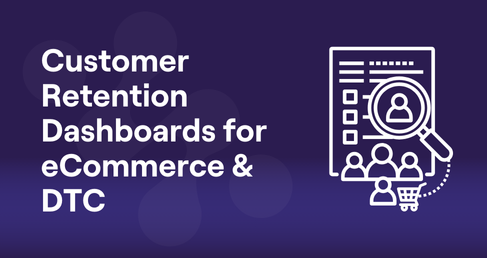
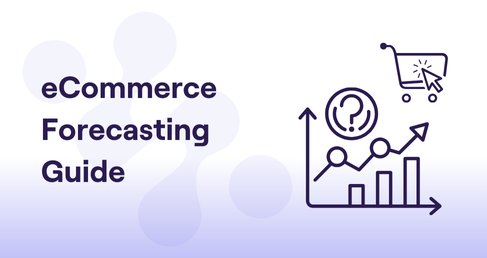
.png)


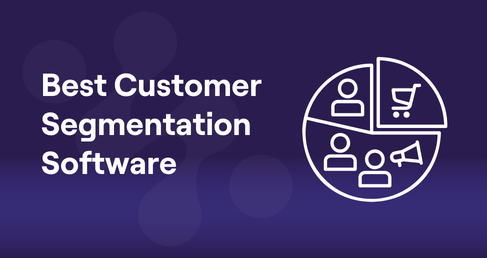
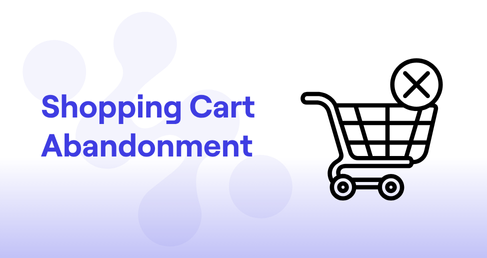
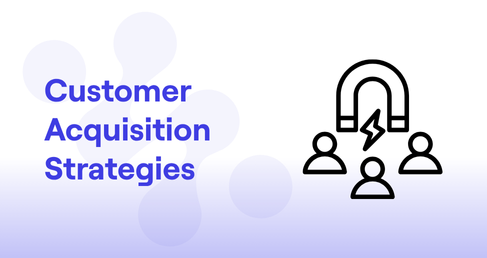
.png)
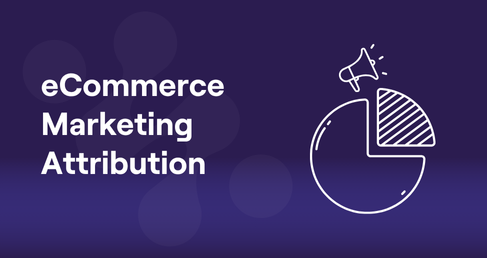
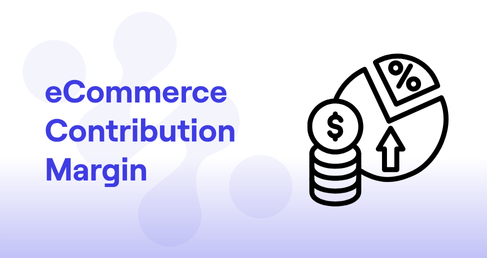



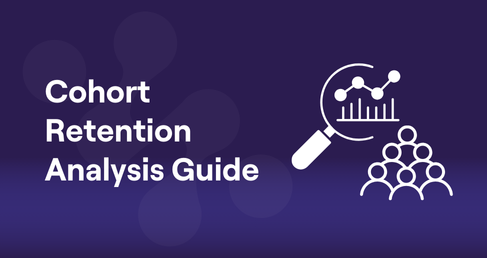
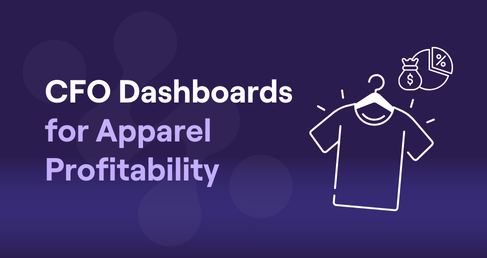

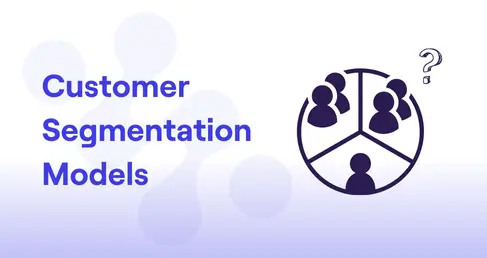
.webp)

.avif)

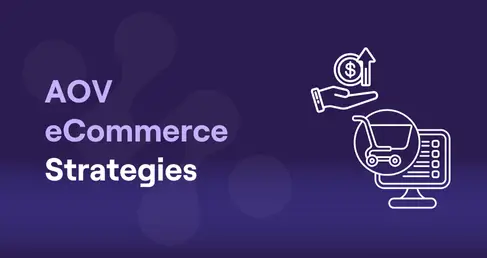
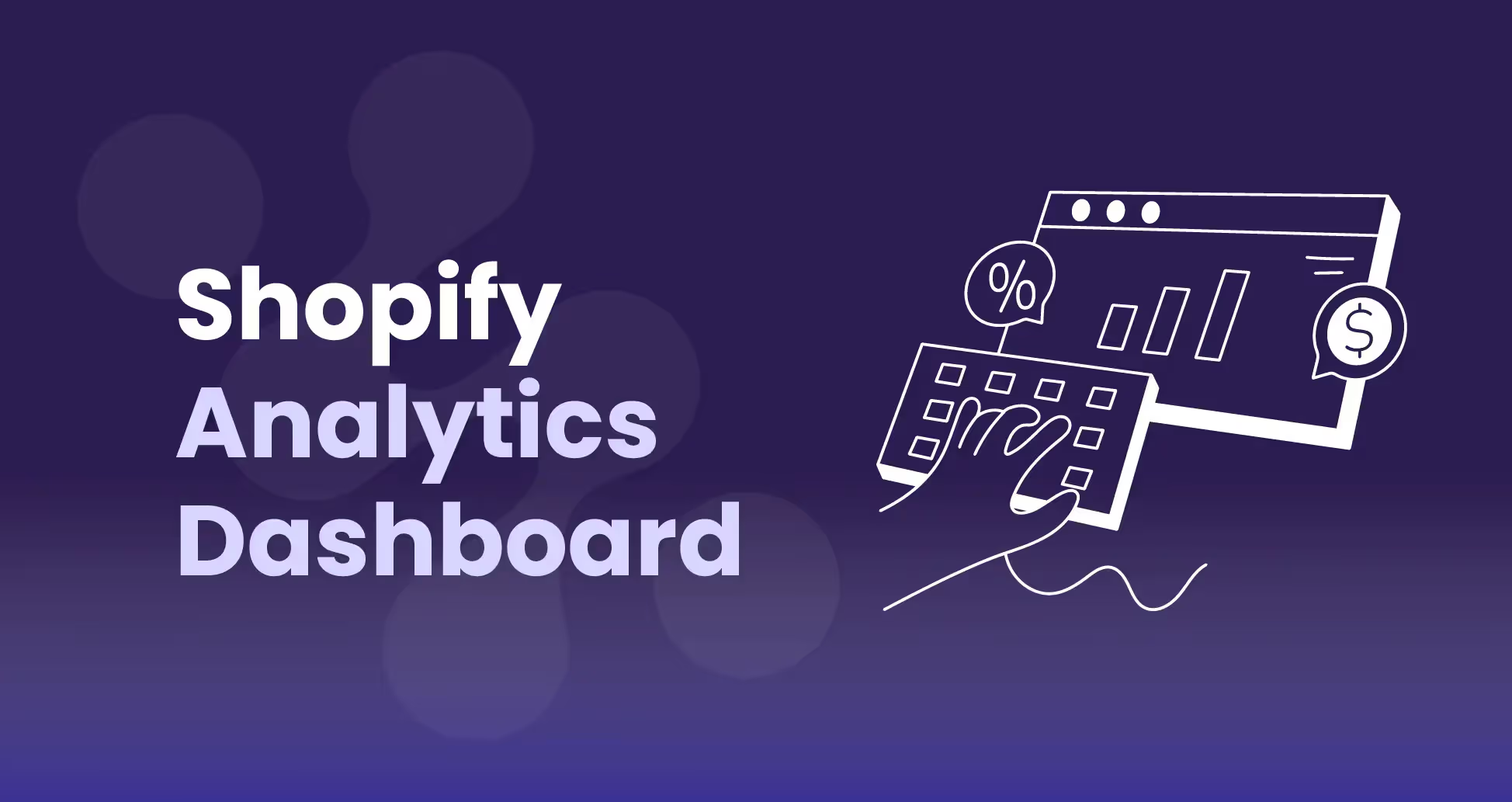
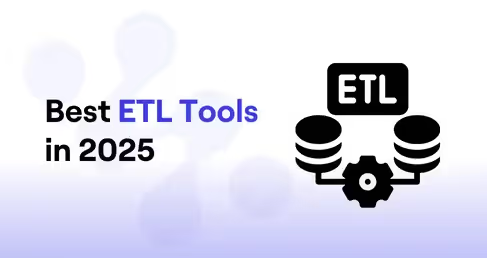
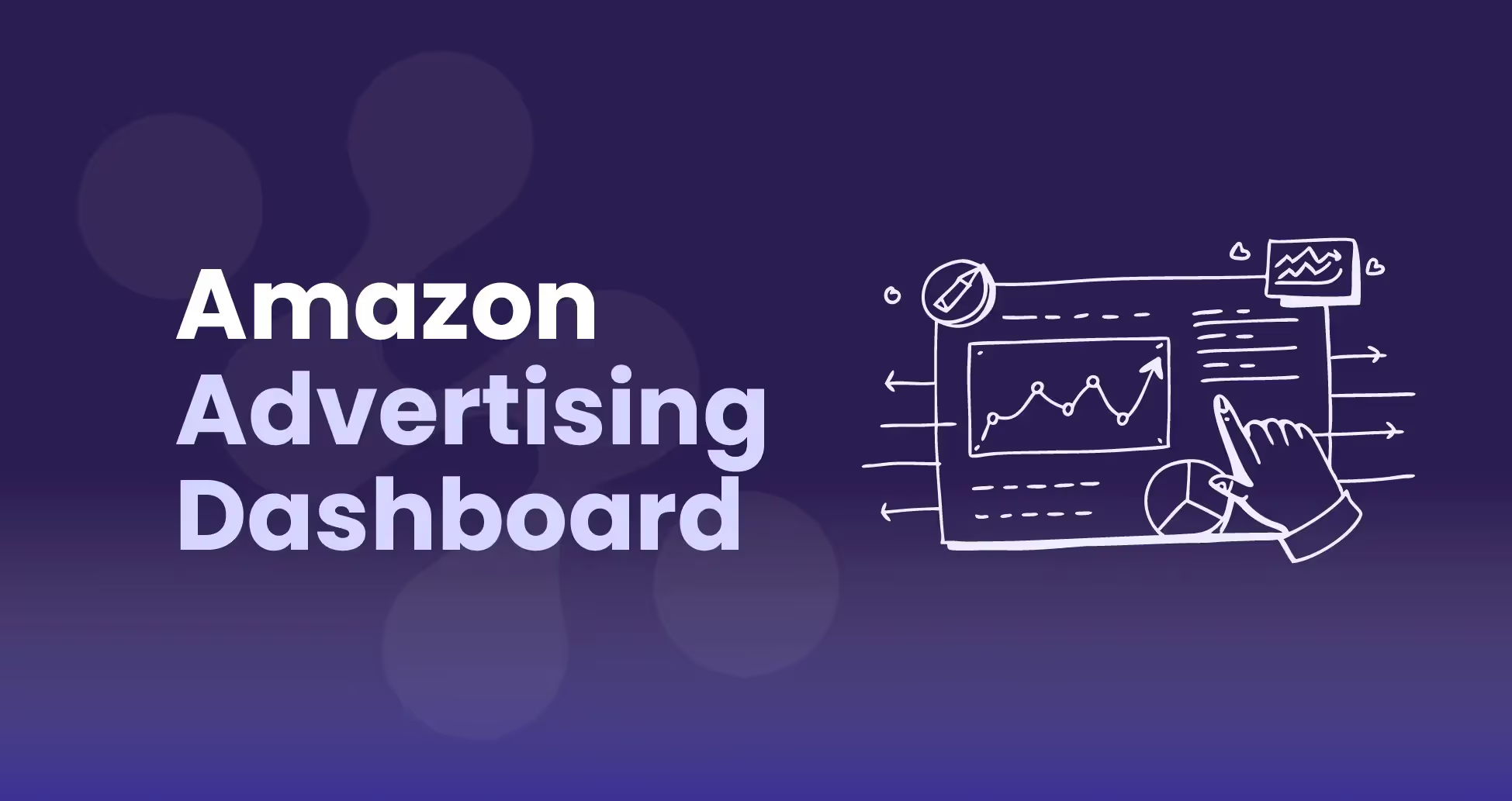

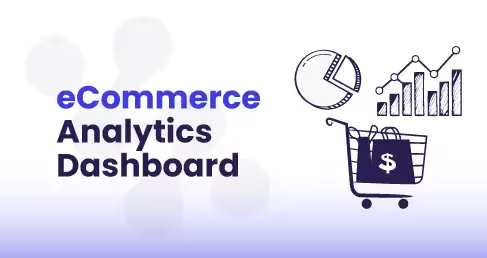
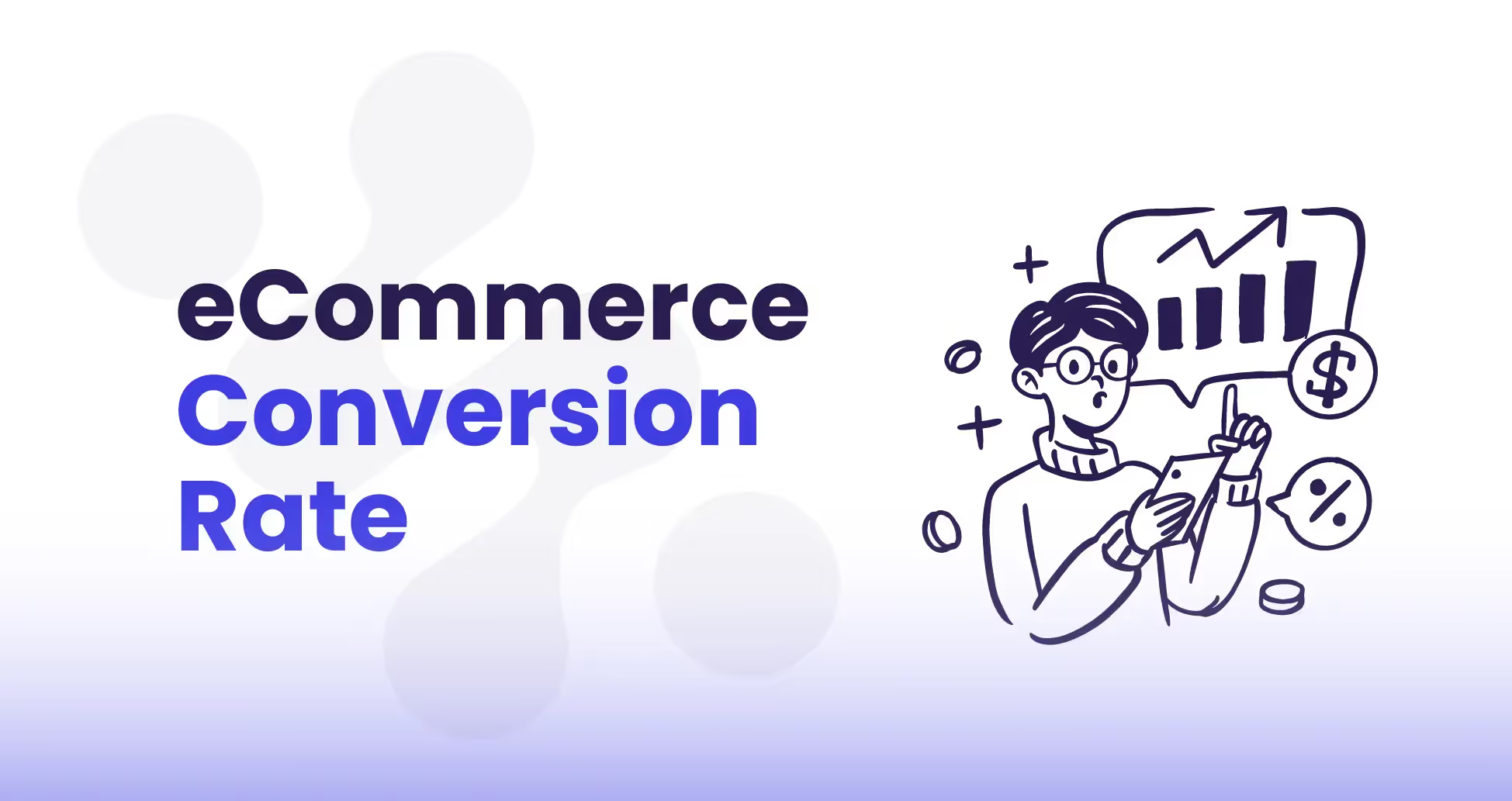
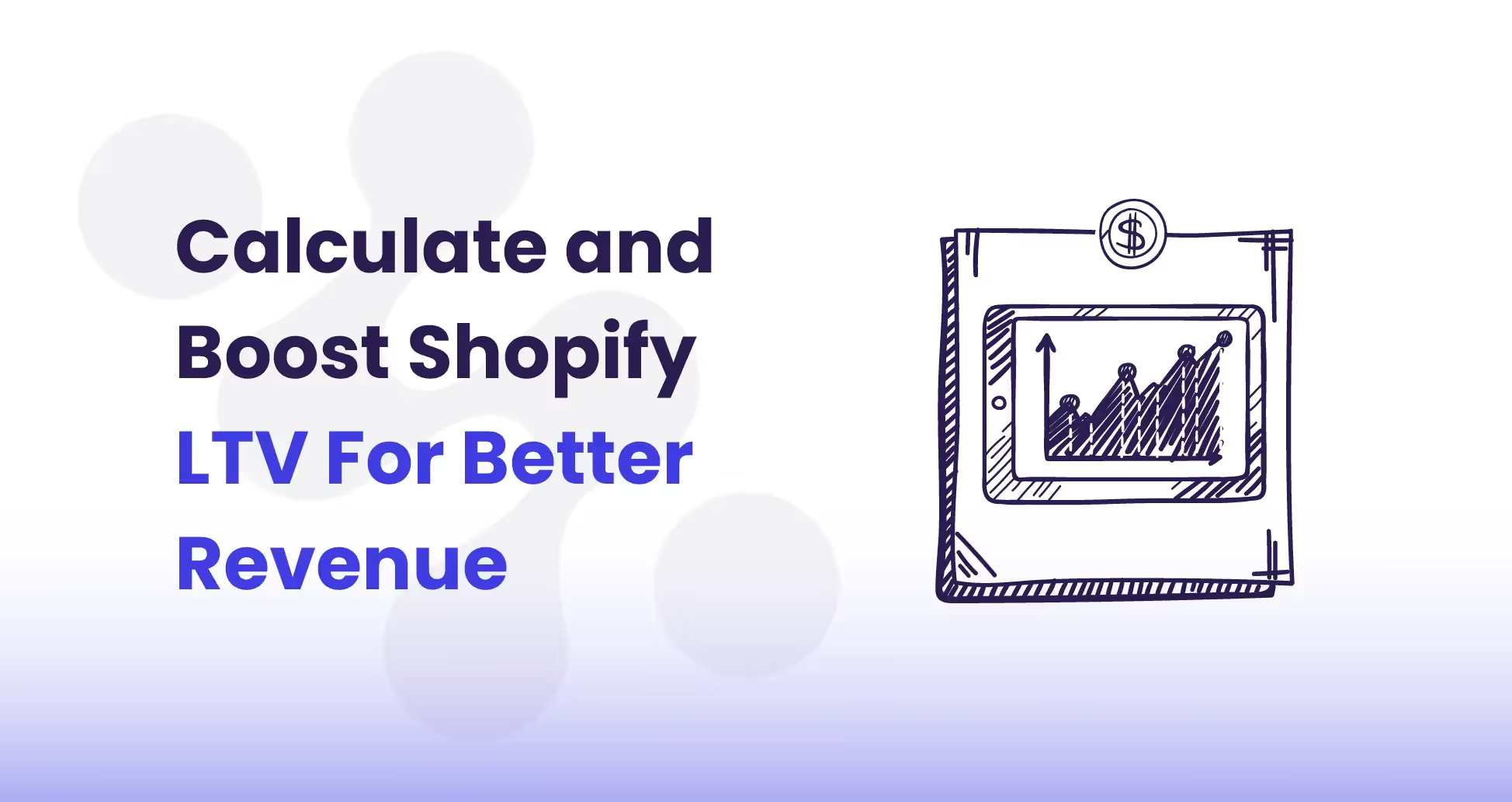
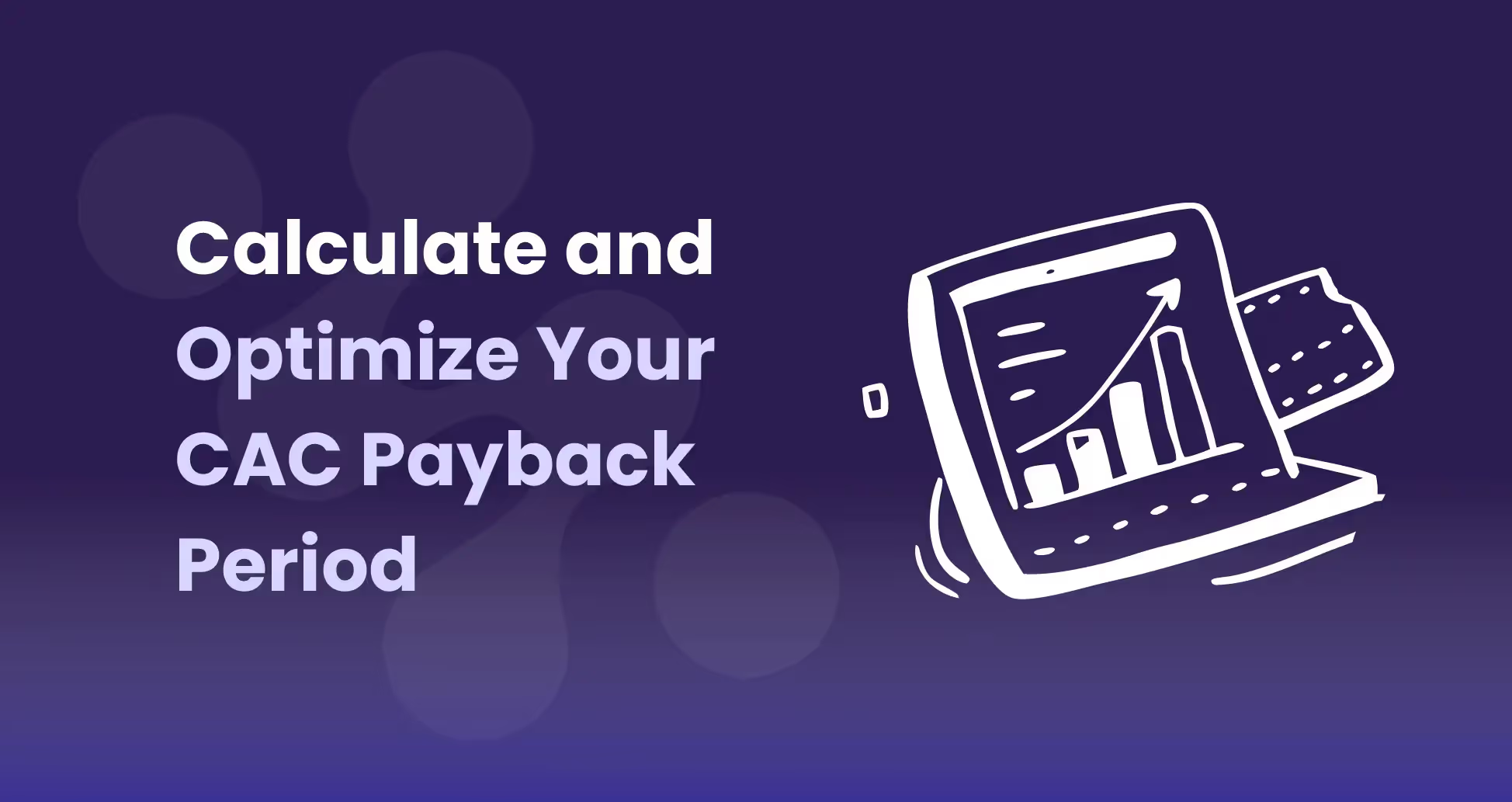
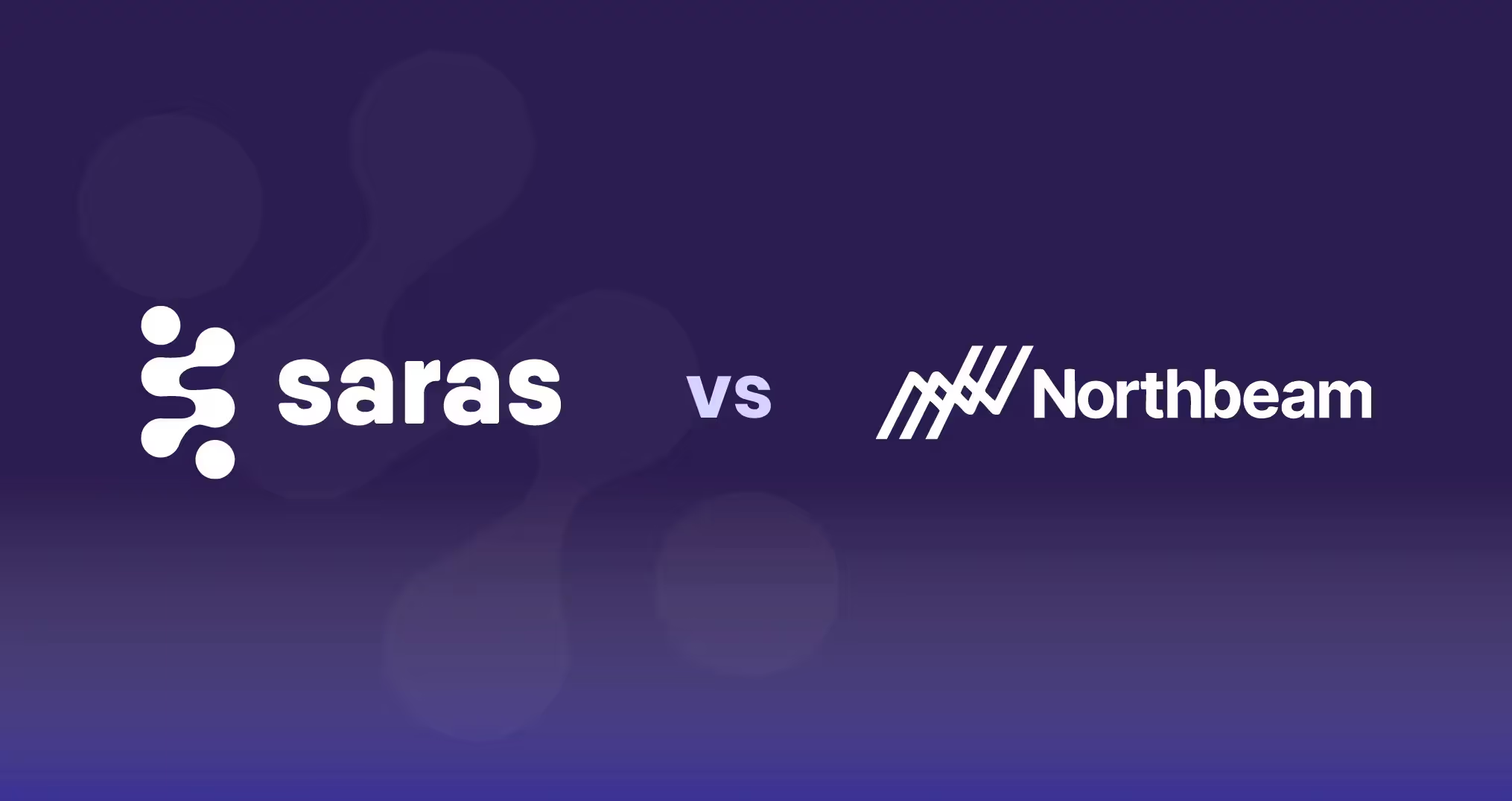
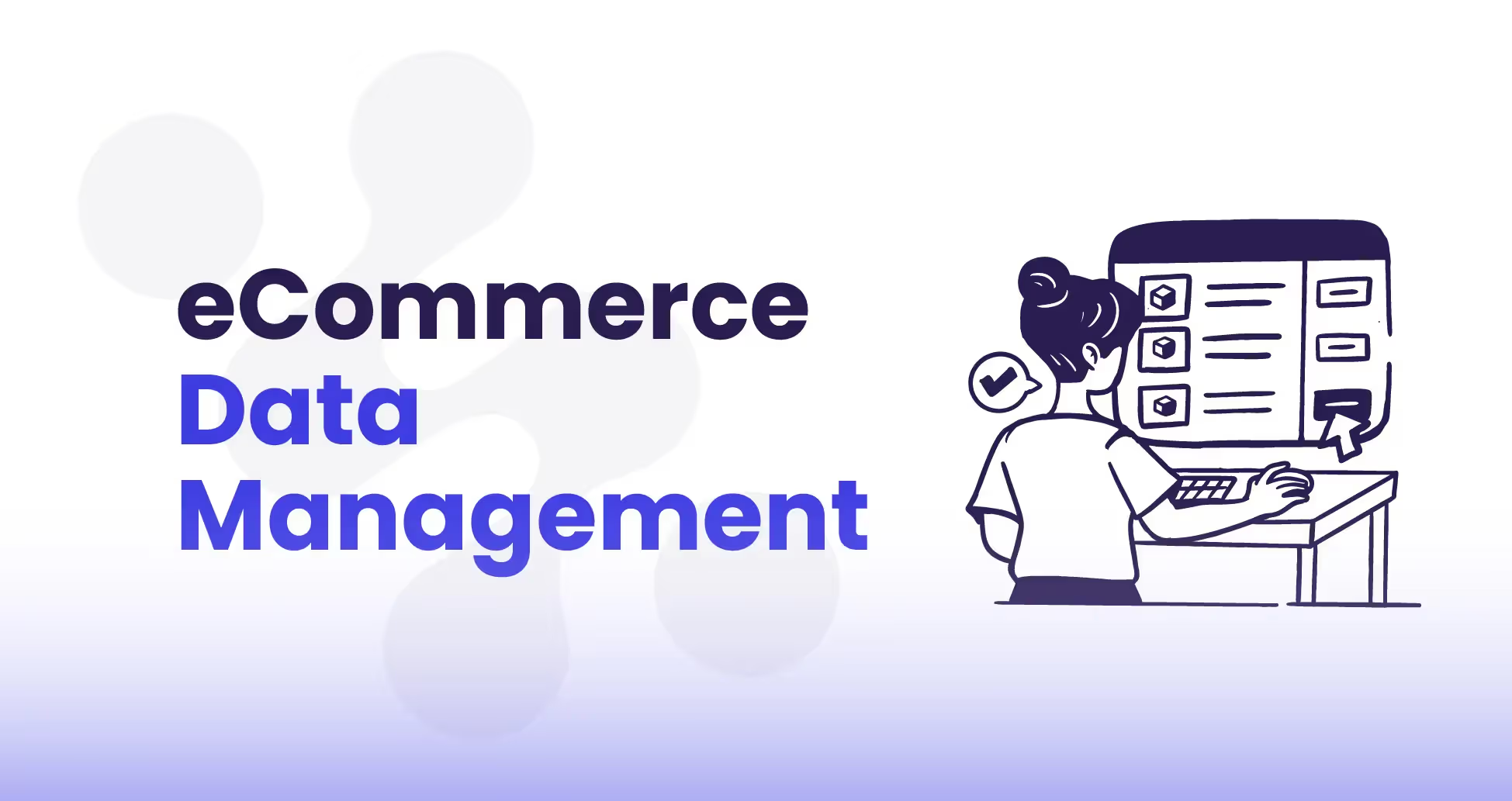
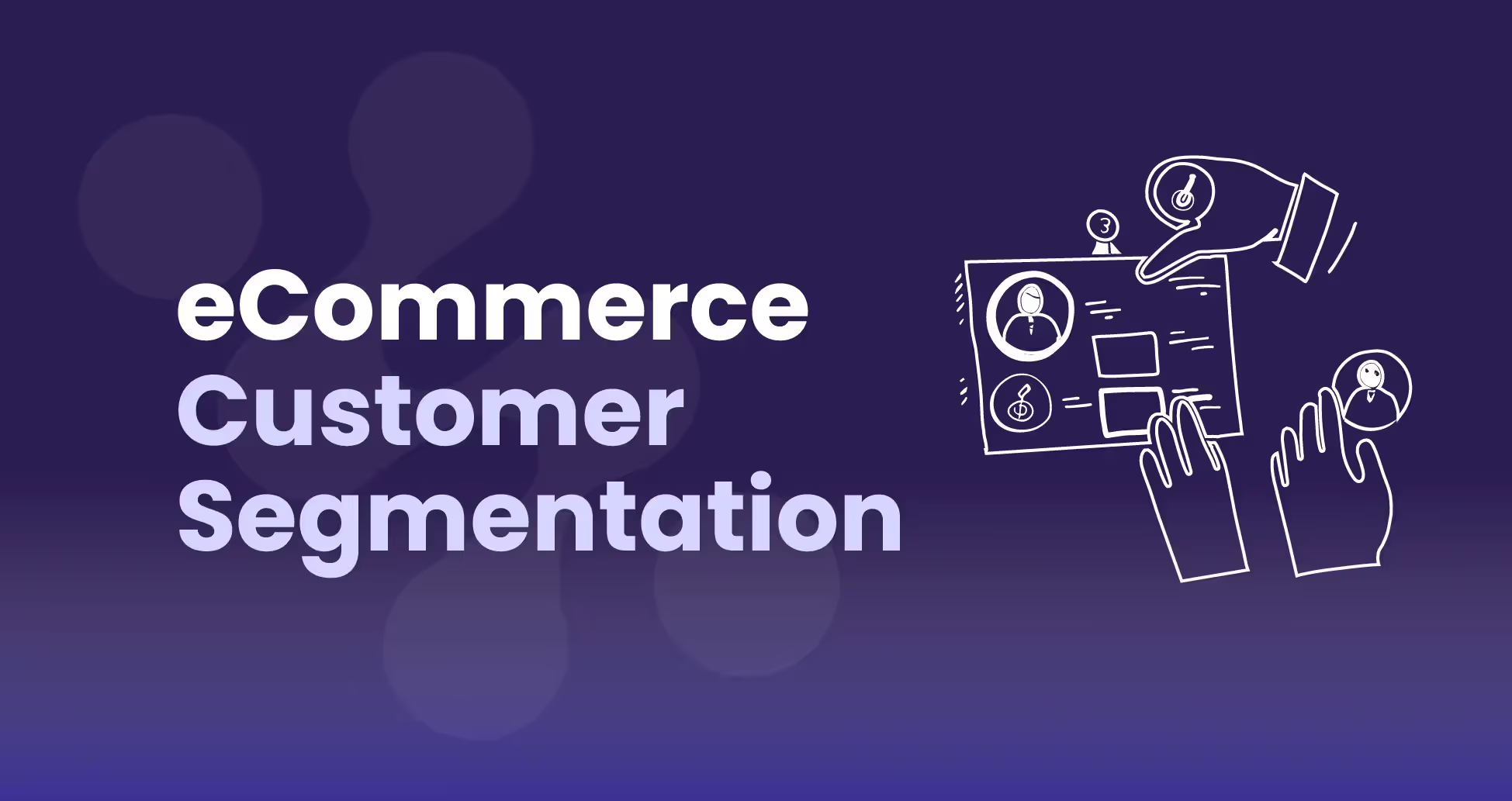

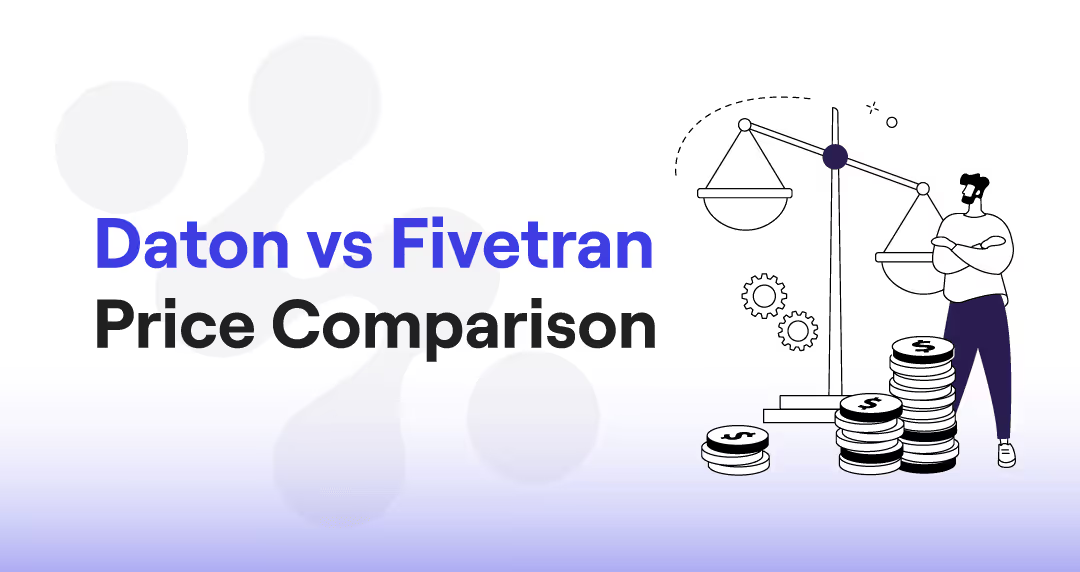
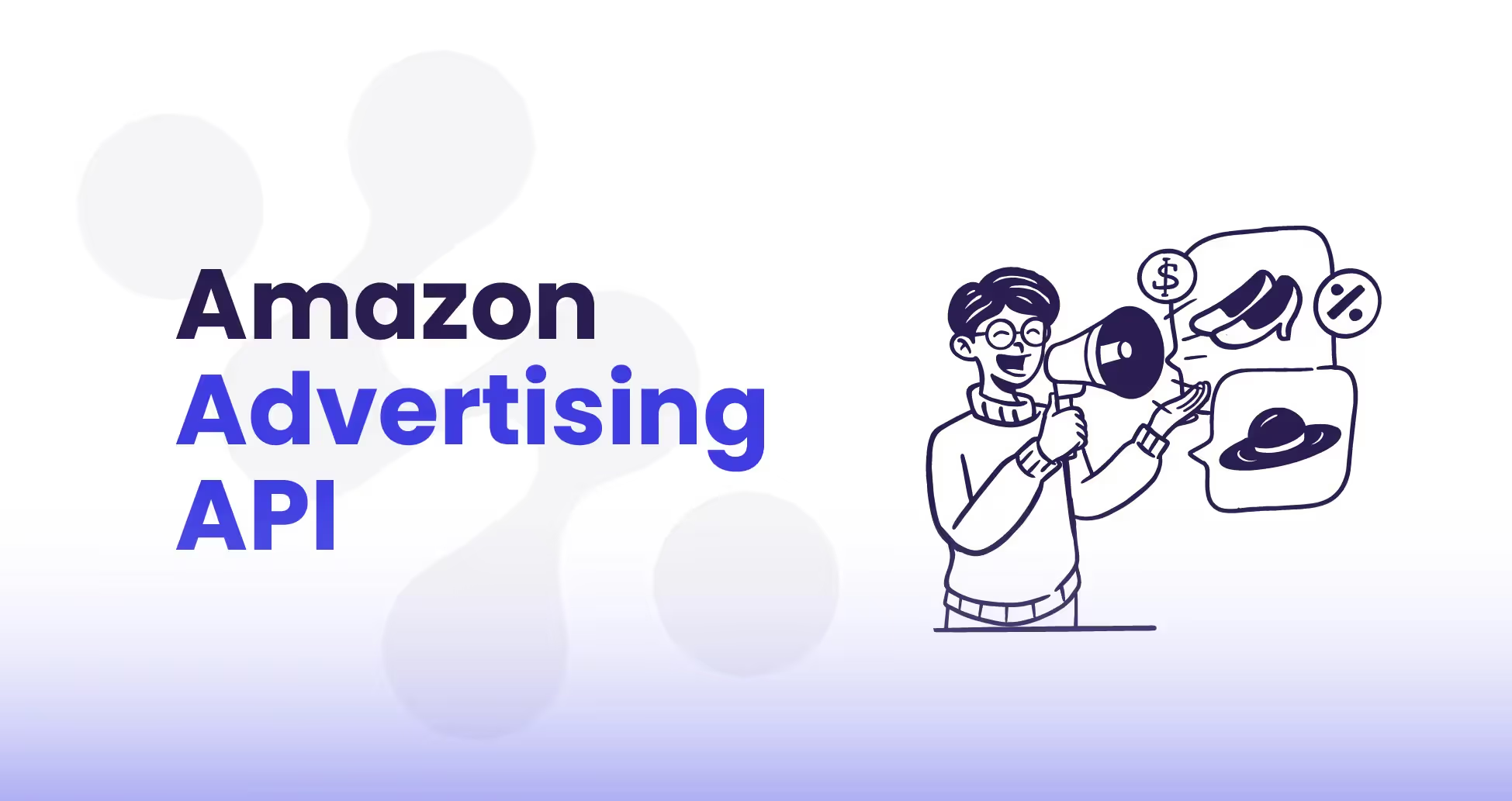
.avif)

.avif)
.avif)
.avif)
.avif)
%20(1).avif)
.avif)
%20(1).avif)
%20(1).avif)




.avif)





.avif)

